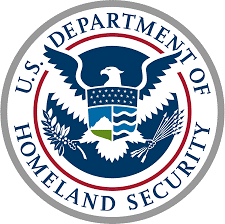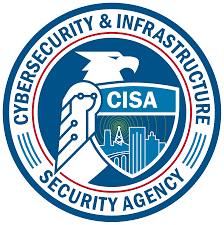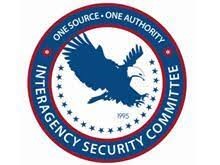What is a Facility Security Committee?
A Facility Security Committee (FSC) is a committee that is responsible for addressing facility-specific security issues and approving the implementation of security measures and practices at non-military federal agencies. The FSC consists of representatives of all federal tenants in a specific facility, the security organization, and the owning or leasing department or agency. Some key roles in an FSC are the following:
- Chairperson: The senior representative of the primary tenant. The primary tenant is the tenant that occupies the largest amount of rentable space in a federal facility.
- Tenant Representative: Senior representatives of each federal tenant with decision-making authority.
- Security Organization: The representative(s) of the government agency responsible for the physical security for a specific facility. At the NIH, the Division of Physical Security Management (DPSM) and the Federal Protective Service (FPS) collaborate as the Security Organization.
- Owning/Leasing Authority: The representative(s) of the organization that is responsible for the property and buildings comprising the facility.
- Other Supporting Personnel: Federal and non-federal representatives that provide information and subject matter expertise to facilitate the decision-making process.
Why have Facility Security Committees?
The FSC is a component of the Interagency Security Committee (ISC) Risk Management Process (RMP). The RMP is a standard that provides an integrated, single source of security countermeasures for federal facilities and defines a methodology to customize them to the security risks associated with a facility. Also, the RMP builds the framework for the FSC so that each stakeholder can have a clear and equitable forum to communicate concerns related to facility security and mitigate them as appropriate.
What is the Interagency Security Committee?



On April 19, 1995, a vehicle-borne improvised explosive device was detonated at the Alfred P. Murrah Federal Building in Oklahoma City. The attack killed 168 people and wounded at least 680 others. As a result of the bombing and a subsequent vulnerability study of federal facilities conducted by the Department of Justice, President Clinton issued Executive Order (EO) 12977 in October 1995, creating the ISC. Prior to 1995, there were no minimum physical security standards for nonmilitary federally owned or leased facilities. Moreover, no federal authority existed to assess vulnerability, develop standards and policies, or oversee compliance for these federal agencies. The ISC is a collaborative organization coordinated through the Cybersecurity & Infrastructure Security Agency (CISA) within the Department of Homeland Security (DHS). The ISC provides leadership to the non-military federal agencies supporting comprehensive, risk-based security programs. Chaired by the Assistant Secretary of the Office of Infrastructure Protection, as delegated by the DHS Secretary, the ISC’s mandate is to enhance the quality and effectiveness of security programs and the overall protection of federal facilities nationwide. The ISC provides coordinated, interagency solutions to problems which cannot be solved by individual departments and agencies alone through the establishment of security policies, standards, best practices and guides.
/
